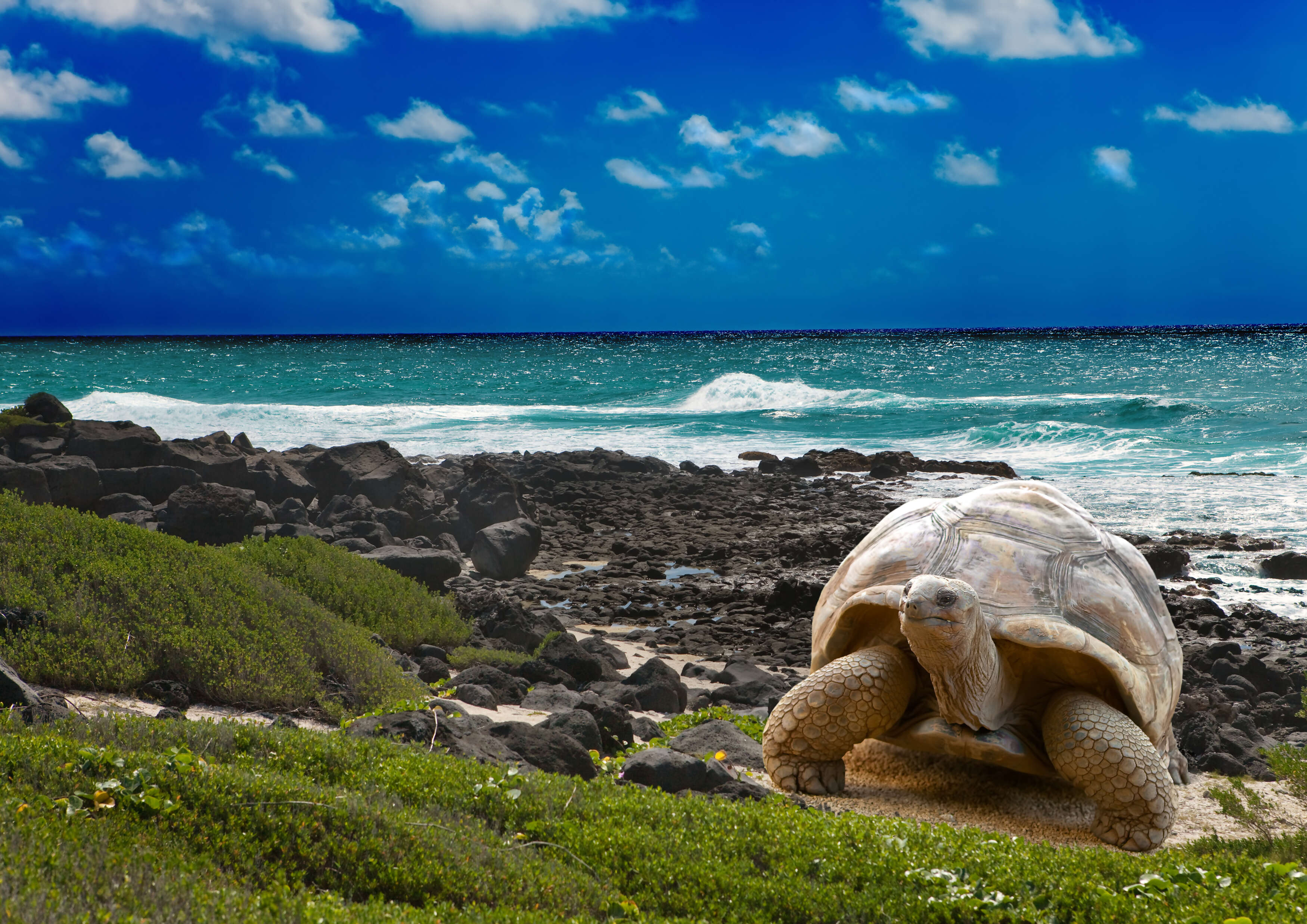Planning a Trip to the Galapagos Islands
Posted on 08/05/2016 | About Galápagos Islands, Ecuador

The Galapagos Islands are one of the most ecologically extraordinary places on the planet. The ecosystem that inspired Darwin – now a protected part of our world heritage - continues to fascinate. Free and fearless animals, different from any others found anywhere else in the world, awe visitors who make the journey to this remote destination.
If you're thinking about a trip to the Galapagos, here are some tips for your planning:
What makes the Galapagos Islands so special?
The Galapagos Islands are both a UNESCO World Heritage Site and a World Biosphere reserve, the second largest in the world. Isolated and remote with a rich ecosystem, the archipelago is a living museum of natural history.
The pivotal moment came in 1835, when Charles Darwin visited the islands. What he discovered among the wildlife, related to - but very different from - any creatures found elsewhere, inspired his theory of evolution and the origin of species. Darwin's theories shocked the scientific world of the 19th century and put the Galapagos Islands on the map and on the lips of generations of curious nature lovers.
The Galapagos Islands have been described as one of the most unique, scientifically important, and biologically outstanding areas on earth.
Where are the Galapagos Islands?
The Galapagos Islands are part of the South American country of Ecuador, but are hundreds of miles west of continental Ecuador in the Pacific Ocean. They form an archipelago of volcanic islands on both sides of the Equator. Thirteen large islands, six lesser ones, more than 40 islets and their surrounding waters form an Ecuadorian province, a national park, and a biological marine reserve.
How did they get their name?
The most symbolic creature of the islands is the extraordinary, giant Galapagos tortoise. Its magnificent shell reminded explorers of a British horse riding saddle, which in Spanish is called 'Galapagos'.
When should I go?
Because the Galapagos is so close to the equator, it's a sunny year round destination. The average year-round temperature is 24°C. (76°F) with a rainy season in the early months of the year.
North Americans are more familiar with a 'four season' life cycle of wildlife, but in the Galapagos Islands, there are natural wonders year round.
Here are some highlights of what you may experience at different times in the Galapagos Islands:
January
- Marine iguanas get a bright coloring to attract mates.
- Hatching of Giant tortoises' eggs.
February
- Greater flamingos start nesting.
- Penguins migrate to cooler waters.
March
- Frigate birds mating season starts.
- Perfect time for snorkeling.
April
- Rainy season comes to an end.
- Sea turtles, marine iguanas and land iguanas nesting.
May
- Waved albatross lay eggs.
- Blue-footed boobies begin their world-known courtship.
June
- Whale shark and humpback whale sightings possible
- Giant tortoises migrate to lowlands searching for good nesting-places.
July
- Start of sea lion breeding season.
- Lava lizards mating season.
August
- Frigatebird chicks are hatching.
- Sea lions give birth during this time.
September
- Galapagos penguins courtship
- A good month to see baby sea lions.
October
- Blue-footed booby chicks can be seen.
- Galapagos fur sea lions' mating season.
November
- Chance of seeing whale sharks
- Green sea turtle mating season starts.
- Great for swimming and snorkeling with baby sea lions.
December
- Start of the warmer season.
A trip to the Galapagos Islands to get up close to extraordinary wildlife in one of the world's remaining pristine environments is on many nature lovers' travel bucket lists. For many, it's not just a once-in-a-lifetime experience, but life changing.
